Sitting down and backing up your data is critical if you’re customizing your Samsung Galaxy phones or going with the original firmware. In some cases, it is important to backup your phone. In general, many individuals take the risk of accessing the system settings, but they frequently overlook the most important step.
If you back up your Samsung phone data, you will be able to conquer many phones ahead of time. In addition, it will protect your data in the event that something goes wrong. As a result, having a full backup might save you from disaster.
However, it is also undeniable that the backup procedure as a whole is not straightforward. It may take a few different apps, programs, and system configurations to fully preserve your data. This article discusses many tools and applications that make it simple to back up your Samsung Galaxy Devices.
In addition, we go over the detailed instructions so that customers may install and use them to their maximum potential with ease. Now let’s get started with the procedure.
Also Read: How to Boot into Download Mode on Samsung Galaxy Devices
What is Android Backup?
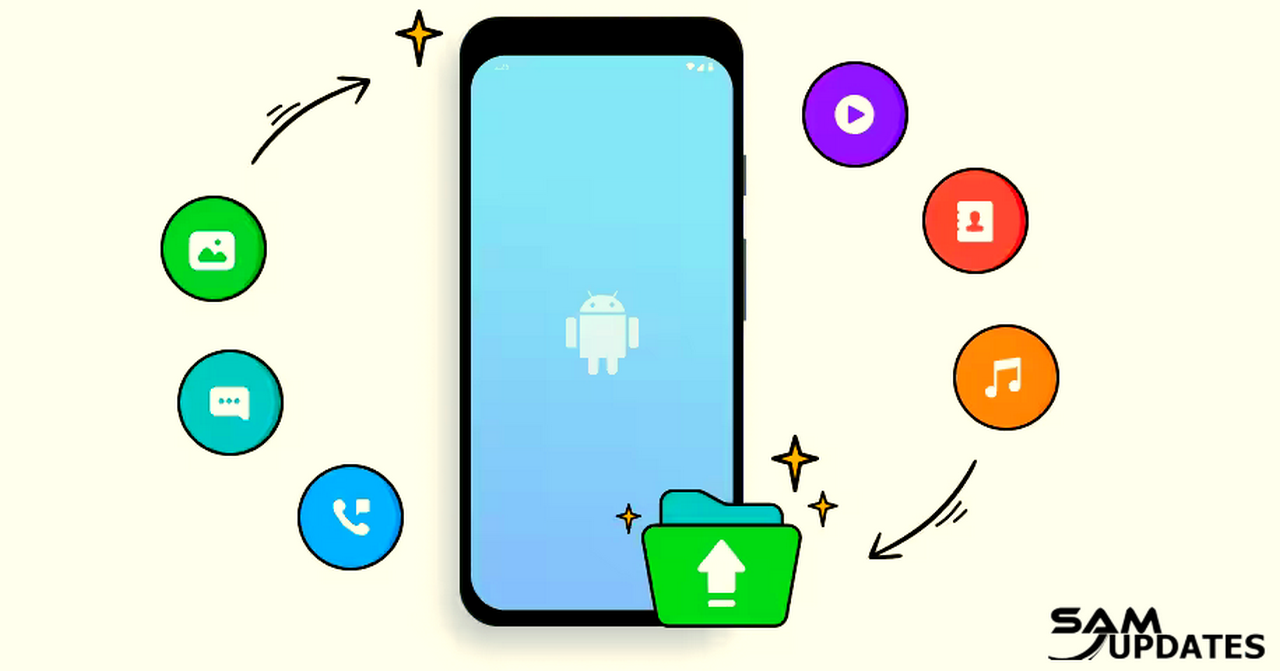
Android Backup is a function built into the Android operating system that allows users to backup their device’s data, settings, and app data to their Google account. This function guarantees that if you lose or switch your Android smartphone, you may quickly restore your data to a new or reset device.
Android Backup typically includes:
- App Data: This includes data associated with your apps, such as login information, app settings, and game progress.
- Device Settings: Settings such as Wi-Fi passwords, display settings, and language preferences are backed up.
- Google Account Data: Some data associated with your Google account, such as contacts, calendar events, and Gmail settings, are also backed up.
- SMS Messages: Depending on the device and Android version, SMS messages may also be backed up.
- Call History: Call logs might be backed up, allowing you to restore your call history onto a new device.
Android Backup is often enabled by default on most Android devices. Users may, however, monitor and change their backup settings by going to the device’s Settings menu and selecting “System” or “Backup & reset.”
It’s worth mentioning that, while Android Backup makes it easy to recover your data, it may not cover all sorts of data, therefore it’s still suggested to perform frequent backups using other ways, particularly for crucial files and media.
Also Read: Download Odin Samsung Galaxy Flashing Tool (Latest)
Top 9 Backup Apps for Samsung Galaxy Devices Without Root

Here is the list of apps that everyone can use to back up their Samsung Galaxy Devices:
1. Google Photos

Aside from preserving important documents, users may also use the Google Photo app to store photographs and videos. Typically, you will locate this application within the One UI. Open this program and activate the backup settings to easily save your media.
Google Play Store Download Link
2. Dropbox

Dropbox is the most popular cloud storage tool for Android devices. It allows users to save documents, files, and multimedia content. To use this software, first register an account, which will provide you with free cloud storage space.
This tool allows you to collaborate on multiple projects, edit papers, scan documents, and do other tasks. You may select automatic or manual backup settings for your fly.
Google Play Store Download Link
3. Google One

The Google One app also offers backup and restore functionality for Android devices, allowing users to back up their photos, videos, contacts, and calendar events to Google’s cloud storage.
Google Play Store Download Link
4. Google Drive

If you want to save all of your office papers in one place, Google Drive is an excellent solution. It will safely keep your files and allow you to view them remotely from the app. Moreover, you can easily arrange workplace papers. Furthermore, easy maintenance, seamless sharing, and secure usage are the primary reasons you should use this software.
Google Play Store Download Link
5. Super Backup & Restore

There are several applications available on the Google Play Store that offer backup services. However, the Super Backup & Restore app distinguishes out from the competition since it allows you to effortlessly backup applications, text messages, contacts, call logs, calendars, and other data. Furthermore, send your vital data to cloud storage so that you may export necessary files from anywhere, at any time.
Google Play Store Download Link
6. Easy Contacts Backup & Restore
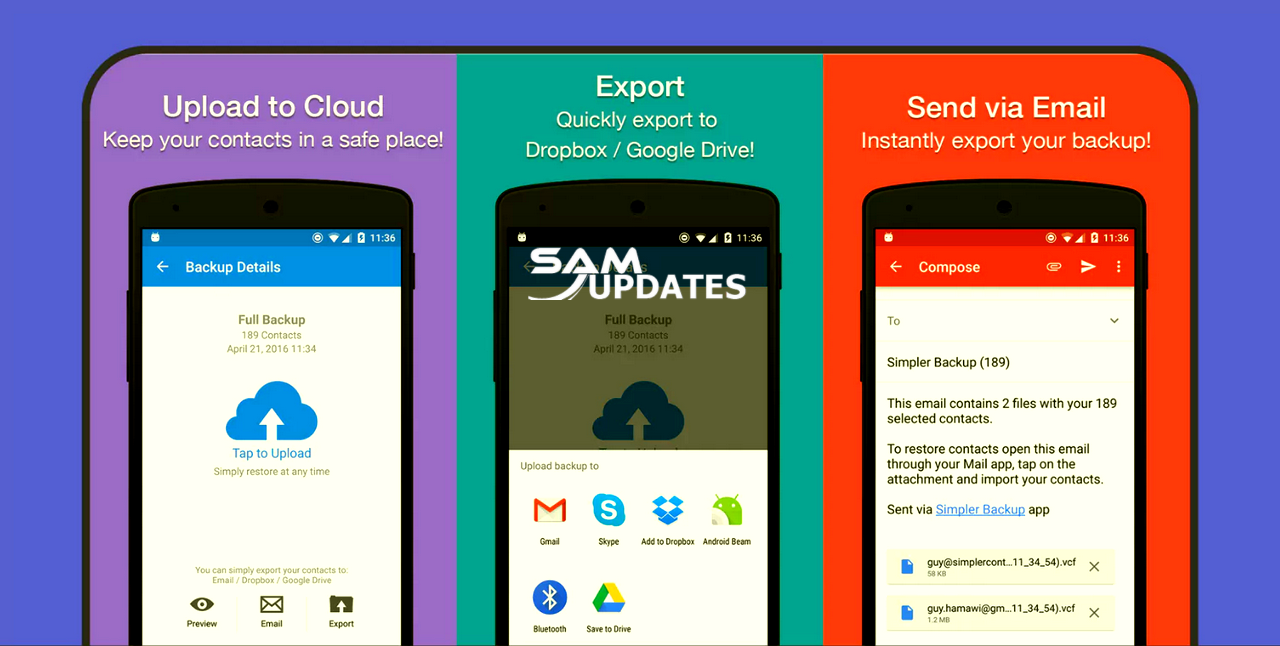
The next item you should back up is the contact. In that case, you can use the Contact export and restoration programs from Easy Backup. After downloading this program, you may easily backup your contacts with a few clicks.
Aside from that, you may share your contact list across many platforms or export it to an email. Furthermore, it will support up to 15 languages, allowing you to easily navigate the UI.
Google Play Store Download Link
7. All Backup & Restore
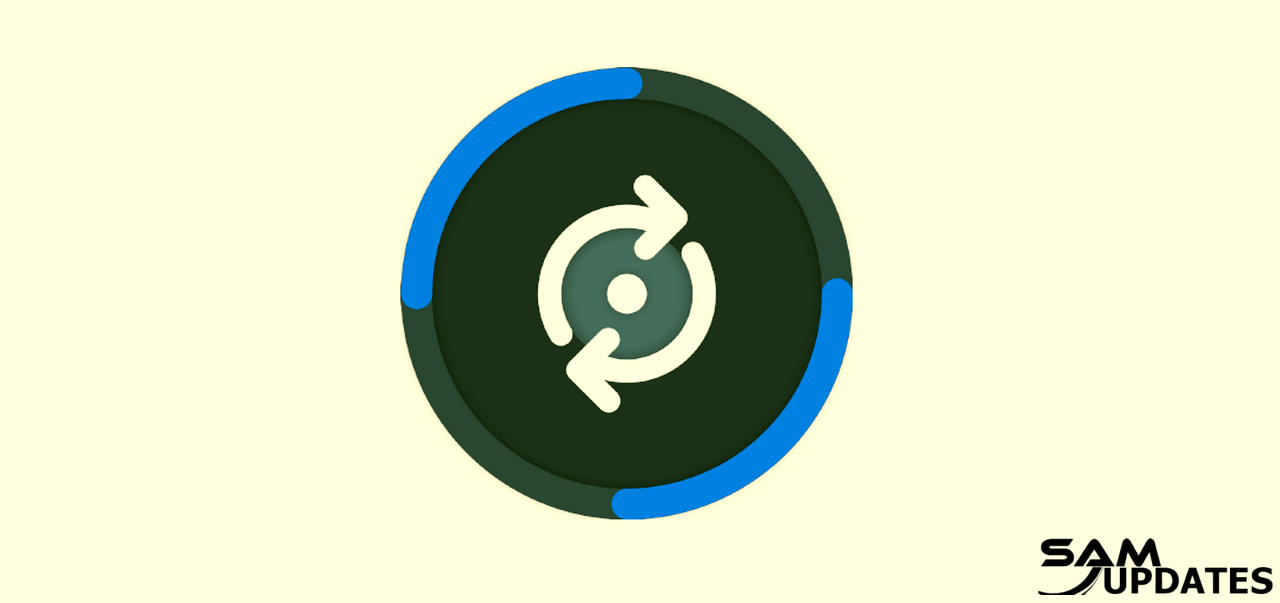
If you want a one-stop solution, try downloading the All Backup Restore app for your Samsung phone. It will create a basic backup of your contacts, text messages, internet history, applications, call logs, and calendars. Following that, you may quickly recover the data whenever you want with this software.
On the other hand, the one-click backup feature allows customers to precisely sync their data, ensuring that they do not lose any important data. Aside from that, you may manually choose files, programs, and other things. At the same time, you may schedule automatic backups to transfer your data to your Google Drive account.
Google Play Store Download Link
8. Swift Backup
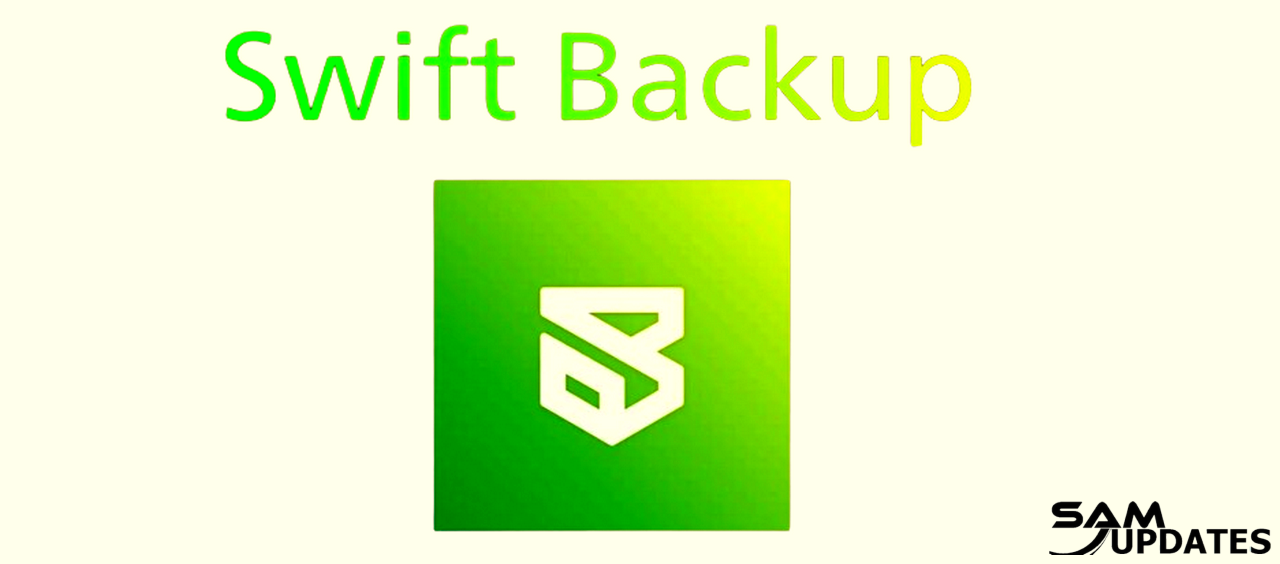
It’s one of the most common applications for storing local apps, call logs, SMS, and other smartphone information. The regular Swift Backup version will offer a simple backup option. It also supports online storage services such as Google Drive, Dropbox, OwnCloud, and more. However, if you want to back up large amounts of files or other media, you should consider purchasing a premium membership.
Google Play Store Download Link
9. App Backup & Restore
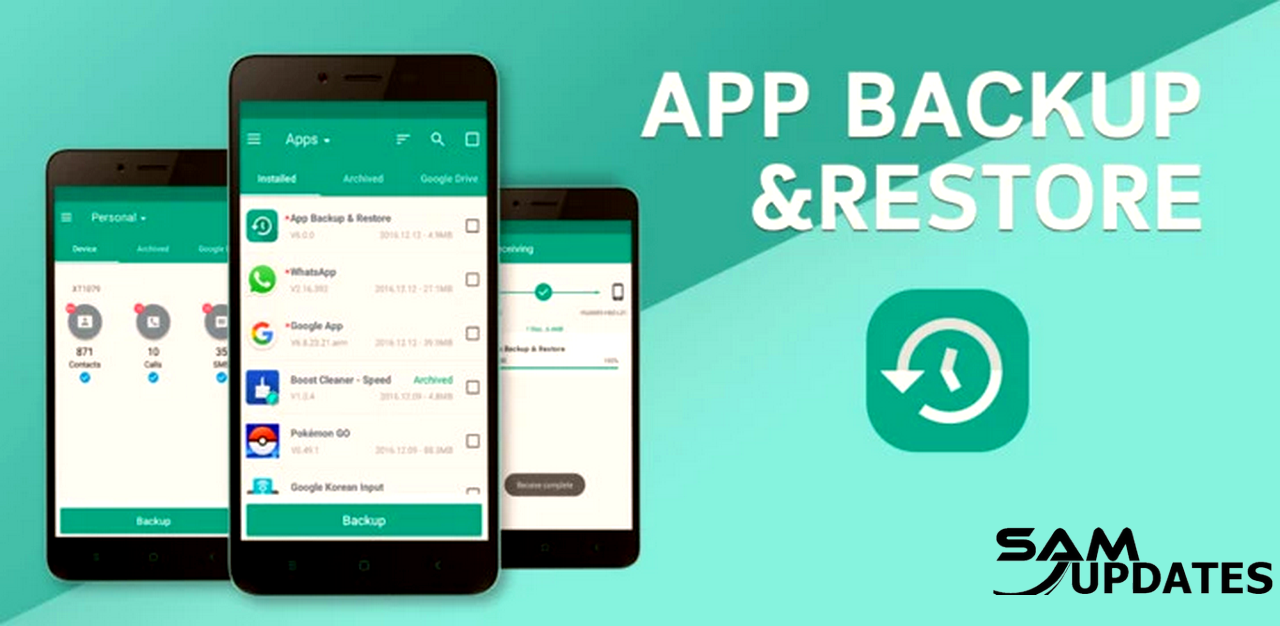
There are only a few software that can backup and restore APK files. If you install the App Backup program on your phone, you will be able to effortlessly extract, distribute, and modify APK files. Furthermore, backup app data may be shared via external or cloud storage. Not to mention, you can plan routine backups.
Google Play Store Download Link
Also Read: SamFw FRP Tool Remove Samsung Galaxy Devices FRP One Click
Other Ways to Backup Samsung Galaxy Devices
Aside from utilizing a third-party program, you may save backup files and other data to external storage. For example, the OTG connection allows you to send vital data to a USB device.
Aside from that, you might utilize the computer as an external source to save your important data in one spot. With that said, let’s look at the possible approaches.
Method 1: Backup Samsung Galaxy Devices with PC/Laptop
It is usually an excellent strategy to make multiple backups of your crucial data. Undoubtedly, many individuals save their data on desktops or laptops, which has been a standard way for many years. Furthermore, you may easily transfer data to external sources.
Following this, consumers may easily generate a backup using their PC/laptop. Here are step-by-step instructions for saving your data.
- Connect your Samsung Galaxy Devices to the computer using a USB cable.
- Enable the file transfer options from the notification bar.
- Open the phone folder on your computer/laptop.
- Select Document, Photos, Download, and other preferred folders.
- Copy and paste those folders into your PC/laptop.
- That’s it! You have successfully backed up your important data.
You may use this method to relock the bootloader on the Samsung Galaxy phones. Aside from that, it is an important step that you must finish before beginning the rooting procedure.
Method 2: Using the Samsung Galaxy Device’s Native Settings
The new Android interface offers a variety of benefits, including the ability to back up your data via the One UI settings menu. For this, we propose you follow the methods below:
- Open the “Settings” App on your phone.
- Now, scroll down and click on the “Google”.
- Next, look for the “Backup” option in the list.
- Inside the backup setting, tap on Back Up Now.
Note: By following the procedures above, users may easily store important media, documents, and programs to a specific Google account. Remember that you’ll need your Google account credentials to restore that data to other devices.
Also Read: Samsung Android USB Driver for Windows (Latest)
Final Thoughts
Finally, when rooting your phone or installing TWRP on the Samsung Galaxy Devices, you should remain calm during the procedure. It can only be done after you’ve backed up your phone’s data. Aside from that, storing your data may be useful if you want to unlock or relock the bootloader.
Aside from that, you may use any of the apps listed above to backup your data before beginning the factory reset procedure. Meanwhile, if you know of any additional programs that might aid with backups, please share them in the comments below.
If you want to learn more about my best Samsung Android Updates content One UI tips and tricks so that I can assist you in creating posts on SamUpdates.com every day, check out my latest articles on “Facebook” or “Twitter” and follow our social media accounts, or Leave a comment below to share your experience or ask questions.
